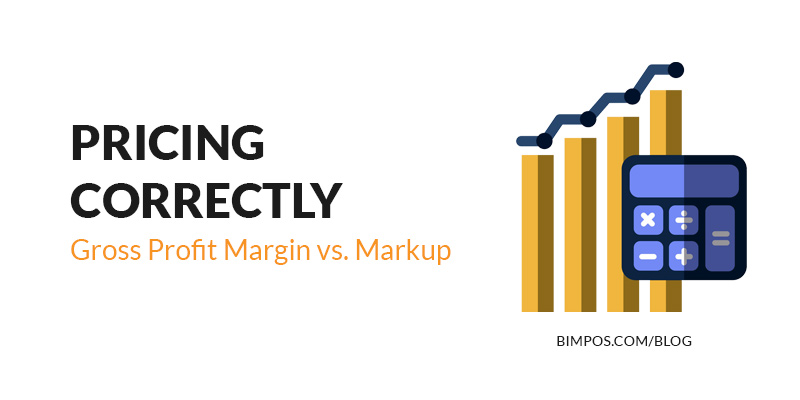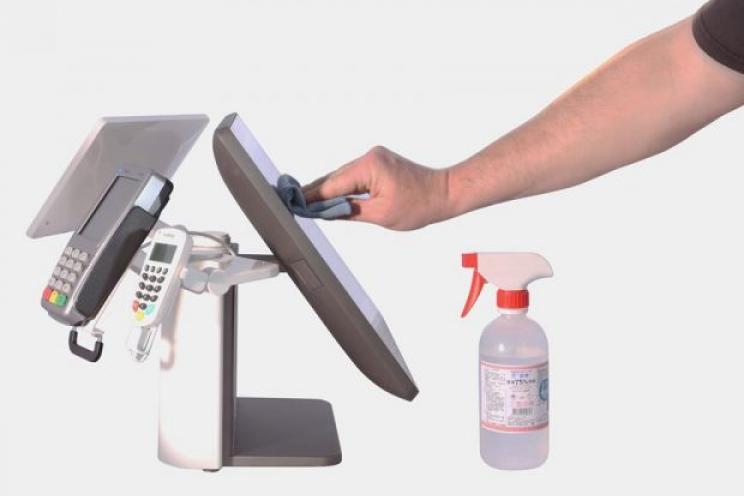John is an entrepreneur and POS Expert with 20+ years in Software development and Innovation with ground expertise in Hospitality management, Franchise Management, and Business Development.

Profit Margins: You're doing it wrong!?
If you happen to hear someone mentioning a product that generates a 100% profit or more, it is beyond question that they ignore what they’re talking about. In the past, and throughout my experience with franchises, business developers, and entrepreneurs, I met many retailers and business owners who were oblivious to the difference between Markups and Margins—two of the most significant ratios in any business, be it in the retail, hospitality, or trading field.
I am sharing with you this article to confute the pricing technique that most individuals running a business implement and decide upon. Not all of the businesses can afford to hire financial experts, and it's no longer an option to manage a business when being unqualified and inexperienced in this area. Now, if I tell you that there's nothing as 100% profit in the world, many of you might object to this. But hey, hold your horses a bit!
Let's assume we have an item that costs $1 and we're selling it for $2. Therefore, the profit we're making is 50% and not 100% as some may believe. The markup on the product is 100%. Markups are calculated from the initial cost of an item; Margins are calculated from the final price.
Why is it important?
Because it affects the bottom line. Profit Markups are very different from Profit Margins; they may sound the same but certainly have different purposes, different results, and different approaches. You will totally obtain a disparate profit than what's intended. Most profitability ratios in financial statements are based on total sales (selling price), and if markups are considered to be profit margins, companies will end up losing money and possibly their business.
If you have a product X having a unitary cost of $35 that you would like to entitle a gross profit of 30% on, inexperienced retailers would price it as follows:
$35 x 1.3 = $45.50 (considering no taxes are eligible)
This formula results a 30% markup and not 30% gross profit margin!
Now consider a very close friend or charity member visits your store, wanting to buy this product X, and you want to offer it at cost. You would remove the 30% margin from the selling price by simply applying a 30% item discount.
$45.50 - 30% ($45.50 x 0.7) = $31.85
And now you're unintentionally losing $3.15 per piece.
Imagine you have a sale season where you want to clear thousands of items from your store, at cost, to replace it with a newer collection. Adopting the wrong pricing method in the first place will make you lose an enormous amount of money, and subsequently break your business. Not by chance, but by lack of knowledge!
How to do it?
To properly price a specific product, you should use the following formula:
Cost / (1- Profit %)
Profit% being a decimal less than 1. In our case it's 30/100=0.3
$35 / (1-0.3) = $35 / 0.7 = $50 and not $45.50
Applying a 30% discount on $50 would total $35.
$50 - 30% ($50 x 0.7) = $35
Markups always generate less profits in Money Value versus Margins. Markups are generally used to calculate a return on investment, a bank interest, or an added tax, while Margins are used to calculate a percentage on revenues.
This is a simple mathematical formula that most businesses should follow for an unquestionable and accurate product pricing.
If you have used the markup strategy in your business unknowingly, go back to your work and review all items you've been selling for long. Changing a selling price based on a markup percentage to marginal percentage will increase prices but ensure predictable and foreseen figures in your financial statements.
Furthermore, while implementing the profit margin formula in your business, you will notice that you can never have 100% profit on anything; don't panic!
That just makes perfect sense.
How can you sell an item having a cost that will give rise to 100% profit of the price you'll be selling for?
As if saying that the item with a cost is cost-less. Impossible!
However you can have a markup of 100% and 200%.
Long-term investments sometimes result in a return of 500% and more on their plans.
Still, if the product you purchased is cost-less, then selling it for any price will allow you to generate a profit with the percentage you desire: mathematically undetermined.
Next time someone tells you they are generating 100% profit on an item, tell them 'You're definitely doing it WRONG!'






